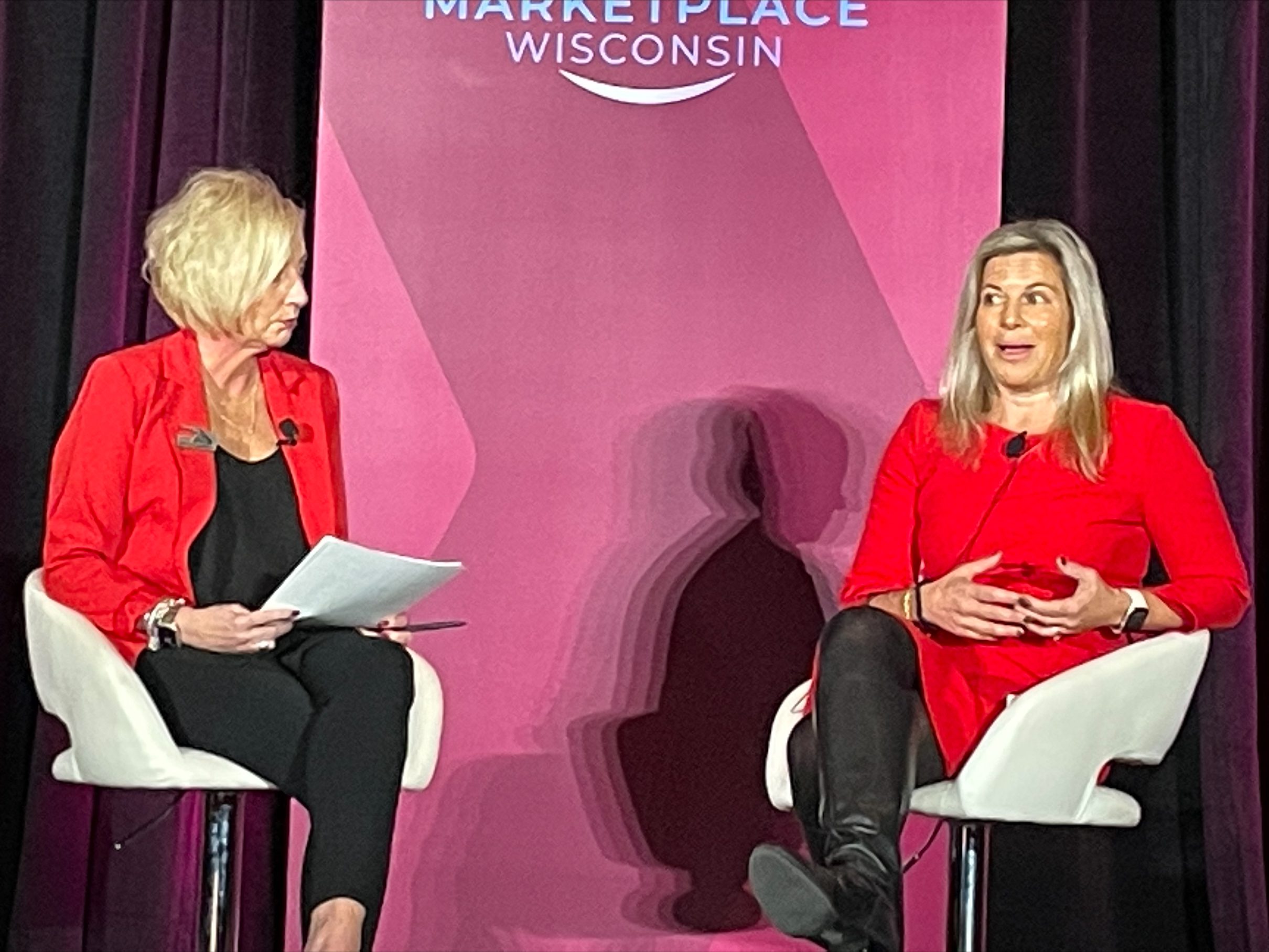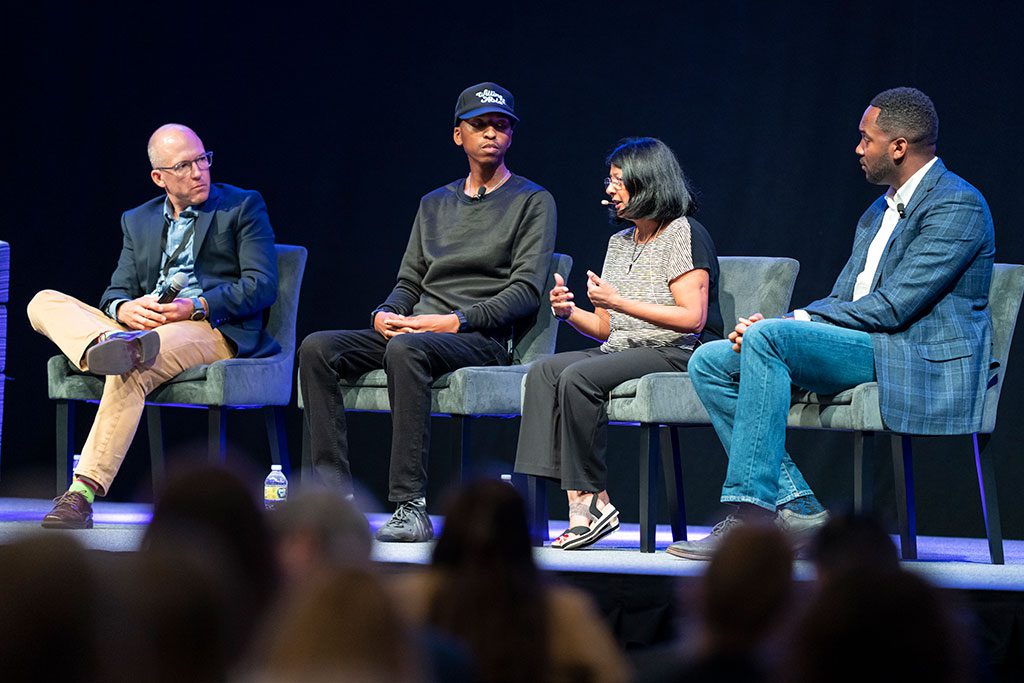
By Bill Berrien, CEO, Pindel Global Precision
Since 1947, Pindel Global Precision has provided custom, precision-machined components and solutions to customers globally. With an experienced engineering team and cutting-edge programming software, we provide our customers with robust model-to-machine solutions.
Prior to COVID, we machined medical parts, but not ventilator components. With the onset of the global pandemic creating both a health care and a manufacturing crisis, in February and March, we faced multiple ventilator original equipment manufacturers (OEMs) needing to make different ventilator components — and all needing them simultaneously and immediately. We successfully pivoted our operations to fulfill those needs, now for five OEMs. Because of that positive, breakthrough experience — combined with the general disruption of global supply chains — we realized that the landscape for automation-enabled advanced manufacturing in the Upper Midwest has shifted toward a much more positive and supportive future.
In particular, Wisconsin’s concentration of manufacturers is characterized by a century-old ecosystem that supports manufacturing: machining, heat treating, plating, grinding, injection molding, forging, extrusion and assembly. That ecosystem is unique in the U.S. When combined with a highly skilled workforce and very advanced technologies, such as automation, artificial intelligence, sensor technology and data fluency, Wisconsin is positioned to continue being a global leader.
These past three months of dealing with a global pandemic with disruptions of global supply chains and COVID-induced pivoting within manufacturing have portended a future well within Wisconsin’s reach: advanced products manufactured and assembled regionally and delivered globally with low lead times, low minimum-order quantities and low cost, enabled by an increasingly skilled and increasingly compensated workforce.
The takeaway from this period is the urgency to automate with the goal to create more jobs, improve efficiency and compete globally. As a tailwind, automation provides a path for individuals to capture more value. However, we need to focus on aggressively upskilling to accomplish more. Our current workforce is predominantly employed at Small-Medium Enterprises (SME), and they don’t have the resources to upskill as quickly as larger companies. For SMEs, though, upskilling can be expensive and, if done internally, can be suboptimal since employees have to be taken off productive work to train other employees. Rather, SMEs need and want to look outside of their walls for opportunities to flexibly and productively upskill their workforce.
State and local resources can begin immediately by supporting SMEs for the cost of sending their employees to external courses of instruction that are oriented around industry work hours. Employees can then continue to add value daily during upskill training. With financial support for advanced training, we can provide a pathway to promotion of advanced manufacturing employees to positions of greater capability. That, in turn, will create a need for additional employees. This capability becomes an avenue for people who have been unemployed in sectors hardest hit by COVID.
To conclude, by capitalizing on our advanced manufacturing strength and the COVID-19 trend lines that have been revealed, we have the opportunity to make Wisconsin the manufacturing floor for the world — a role that creates jobs, high wages and next-generation opportunities.






